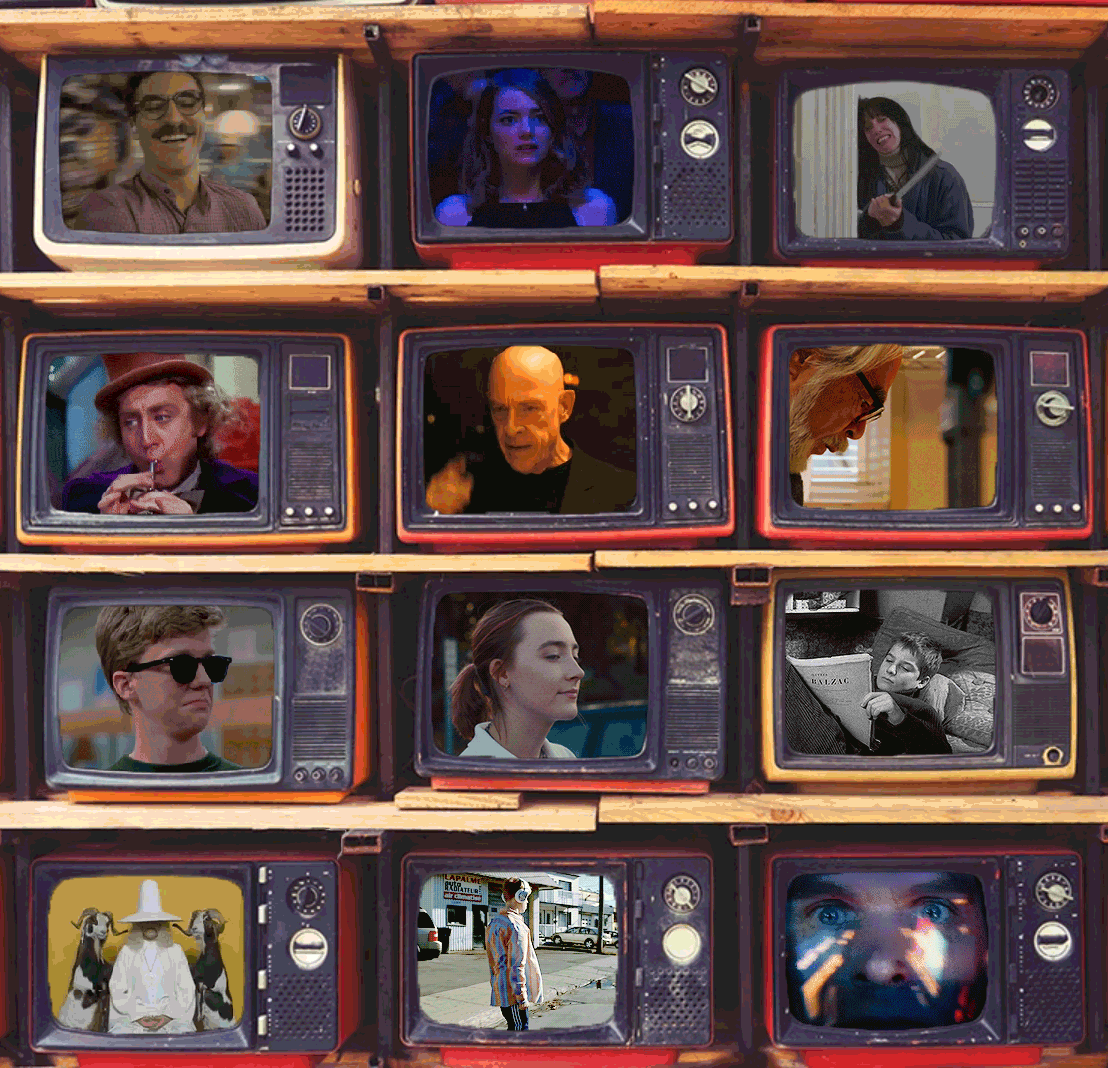New Media in Art: 232-240 Response
The final section of the book is devoted to virtual reality and the impact it will most certainly have on both art and culture as a whole. While the relevance of virtual reality art was not entirely clear at the time of this book's publication, we can gain a better understanding of what it has to offer to artists and viewers collectively today. While virtual reality, like most other technology that would come to be used by artists, had its start in the research center and academia, it is most commonly associated with video games today. It has been interesting to see virtual reality equipment become accessible to the everyday consumer as well. I remember when I worked at GameStop, I was able to watch the progression of virtual reality becoming an integral part of the way some people experienced digital art through video games. As developers found new and exciting ways to elevate the platform and advance the art form, the culture surrounding it expanded. The relevance of virtual r

